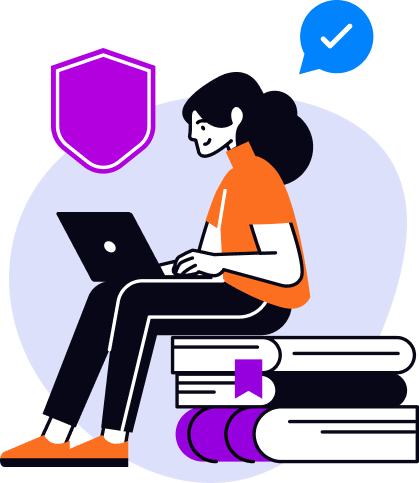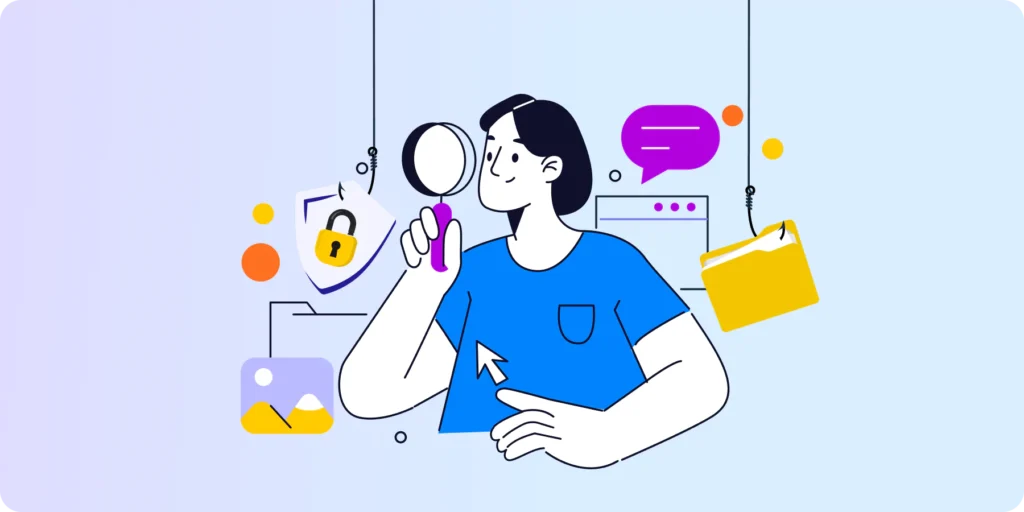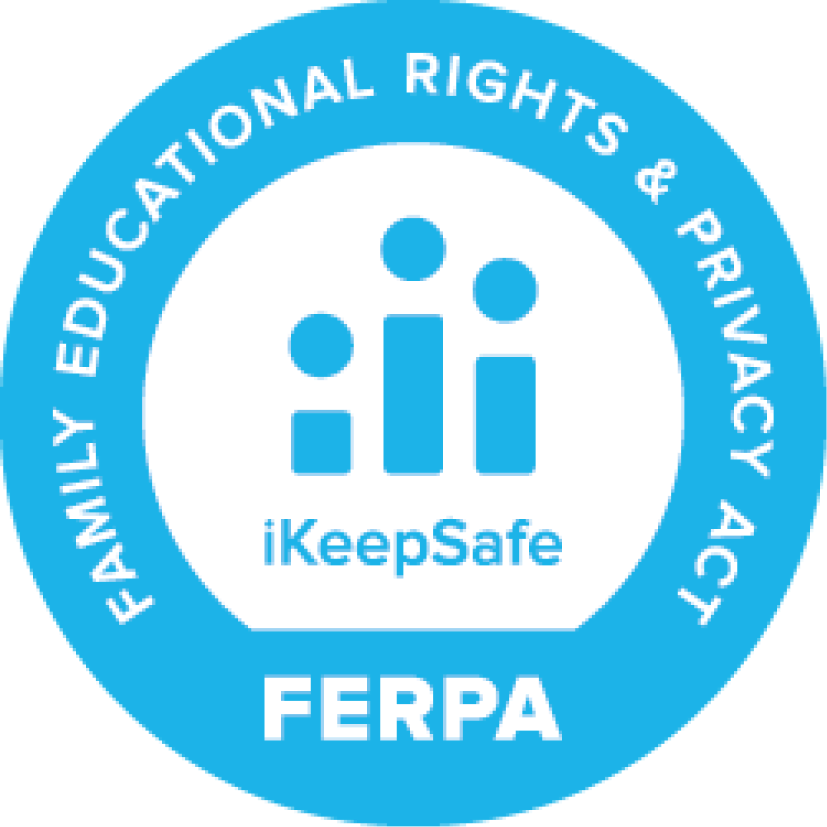It’s a fact that the Internet has become an indispensable tool in education. Consequently, safeguarding students and ensuring compliance with regulations are paramount for schools.
In this blog, we delve deep into the critical role of web filtering in crafting a secure online learning environment. We’ll explore the various types of web filters and unveil the substantial advantages they bring to your educational institution. Moreover, we’ll introduce you to the best web filtering solution available in the market.
How Web Filtering Works for Schools
Web filtering is the digital sentry that guards against harmful online content and threats in any school. Here’s how it works: Web filters can be implemented through various methods, such as DNS filtering, URL filtering, and keyword filtering. Google admins and educators like you, play a pivotal role in configuring and maintaining these filters.
Web filtering not only restricts access to harmful content but also plays a crucial role in enhancing productivity by minimizing distractions. The importance of clear internet safety policies cannot be overstated. Schools must communicate these policies effectively to students, parents, and staff.
Understanding the Types of Web Filtering
Before getting into the benefits of web filtering, let’s understand the different types of web filtering tools available:
Search Engine Filters: These restrict search engine results, preventing explicit content from appearing in search results.
Device-Installed Filters: Installed directly on school devices, these filters provide control but may not be practical for larger school districts.
Network Filters: Operating across the school district’s network, these filters can block specific websites, domains, URLs, or keywords.
Browser-Based Filters: These are cloud-based extensions that protect users when signed into their school accounts, offering flexibility and control.
DNS Filters: Block entire domains or websites, ensuring that users cannot access restricted content.
Category-Based Filters: These filters restrict access to websites falling under specific categories. The downside is that they may inadvertently block educational content.
URL Filtering: Offers granular control by manually adding URLs to blocked or allowed lists.
Keyword Filtering: Blocks websites containing specific keywords, offering a level of content control.
AI-Based Web Filters: Utilize artificial intelligence to understand and restrict content in real time, offering contextual filtering.
CIPA Compliance and How Web Filtering Elevates Student Safety
The Children’s Internet Protection Act (CIPA), enacted in 2000, places the safety of students at its core. To qualify for the E-Rate program, which grants schools discounts on communication services, compliance with CIPA is mandatory. This regulatory framework necessitates the establishment of robust internet safety policies within schools, with a focus on three key areas:
- Blocking Inappropriate Content: Web filtering solutions are instrumental in complying with CIPA by blocking harmful or inappropriate content, ensuring students’ online experience is secure.
- Educating on Online Behavior: Schools are required to educate students about proper online conduct and interactions, fostering a positive digital environment.
- Protecting Personal Information: Safeguarding students’ personal information is a top priority. Measures must be in place to prevent unauthorized access.
However, web filtering goes beyond mere compliance; it serves as the cornerstone of student safety in the digital realm. By implementing web filtering, schools unlock a multitude of benefits:
- Student Safety: Web filtering blocks harmful and inappropriate content, ensuring students can explore the internet safely, both in and out of school hours.
- Enhanced Productivity: By curbing access to time-wasting websites and distractions, web filtering promotes concentration and efficient use of learning time.
- Classroom Screen Monitoring Enhancement: Web filtering complements classroom screen monitoring solutions, providing a safe and efficient learning environment.
In summary, CIPA compliance lays the foundation for student safety, while web filtering amplifies this commitment, offering a secure, productive, and enriched digital learning experience for all.
Revealing Student Wellness Through Flagged Alerts
One of the remarkable aspects of web filtering, especially in the educational environment, is its ability to shed light on crucial student wellness indicators. Flagged alerts, derived from students’ web searches, offer a unique window into the emotional well-being of your students. These alerts are typically linked to vital areas of safety and wellness such as self-harm, violence, and cyberbullying.
Therefore, this additional layer of insight provided by web filtering not only ensures a secure online learning environment but also helps schools proactively address student well-being concerns. It’s a testament to how technology can play a multifaceted role in modern education, encompassing safety, education, and support.
GAT Shield: The ultimate web filtering solution
GAT Shield enables real-time monitoring, alerting, and tracking of all Chrome-based activity, covering browsing, searching, chat, use location, in-page content, and more. It has the most sophisticated alerting system available, offering Google Admins incredible choice in what to watch for, with a large set of pre-canned rules covering bad language, threatening language, and suicidal language.
Why GAT Shield for Education Stands Out
Furthermore, let’s explore why GAT Shield for Education shines as a web filtering solution tailored for schools:
▪️ Comprehensive Real-Time Monitoring: GAT Shield provides administrators with a timeline of students’ online activities, allowing for in-depth insights into browsing behavior, location, and device usage.
▪️ Advanced Alerting System: GAT Shield offers one of the most sophisticated alerting systems available, enabling administrators to monitor and receive alerts for specific keywords, search queries, file downloads, and more. This proactive approach empowers schools to detect and address potential issues swiftly.
▪️ Location Detection: GAT Shield’s geo-reporting feature allows schools to track the geographic locations of Chrome devices and browsers, ensuring students’ online activities align with approved zones.
▪️Flexible URL and Category Filtering: Schools can easily configure and apply filtering policies based on URLs, categories, or specific criteria to ensure students access appropriate content while staying protected.
▪️ Ease of Management: GAT Shield simplifies the management of web filtering policies, making it accessible for administrators, delegated auditors, groups, OUs (Organizational Units), and classrooms. It’s designed for scalability and flexibility, even in large districts with complex structures.
▪️ No Dependency on DNS Redirection: Unlike some solutions, GAT Shield doesn’t rely on DNS redirection, reducing network load and ensuring a seamless online experience.
▪️ Bulk Rule Creation: GAT Shield supports bulk but unique rule creation, streamlining the process for large school districts.
With web filtering at the forefront of online safety in schools, GAT Shield for Education stands ready to protect and empower students, making digital learning a secure and enriching experience.
Audit. Manage. Protect.
Discover how Management & Security Services can help you with deeper insight and on-call, personalized assistance.














